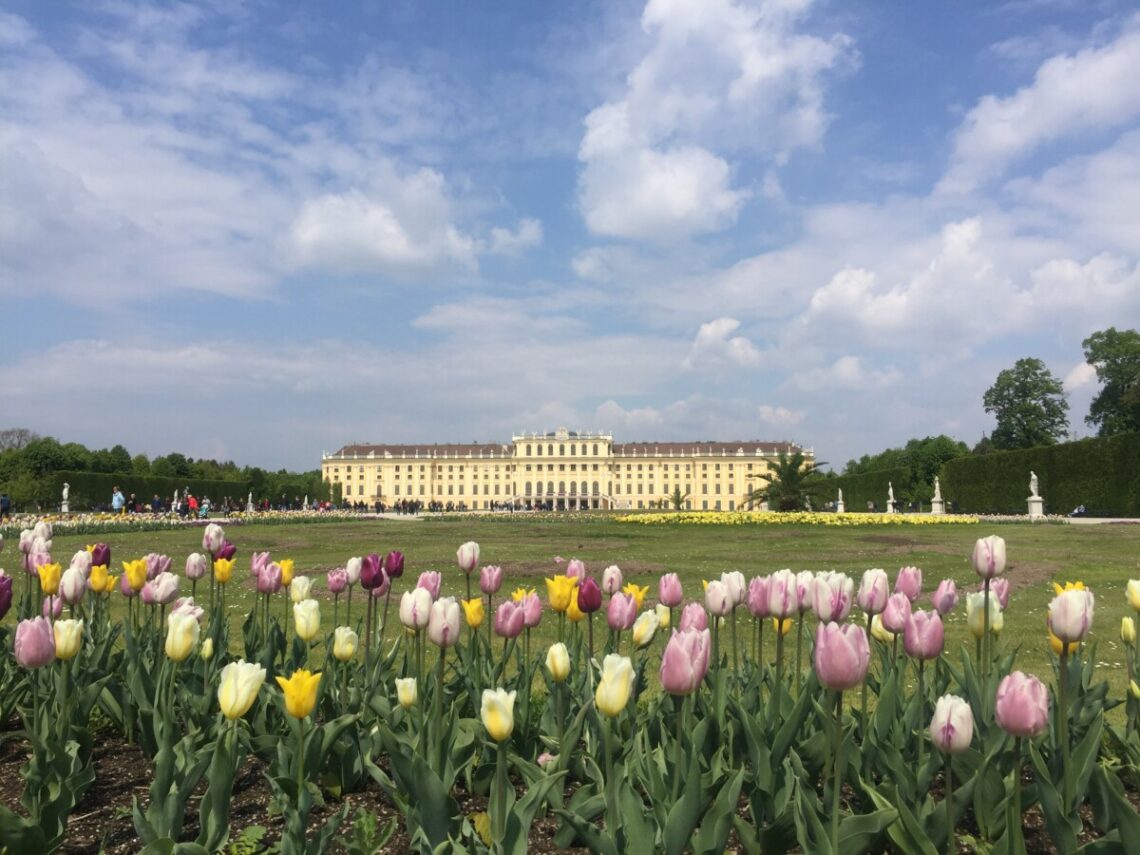
Vienna – The heart of Europe
Vienna is often associated with schnitzels, classical music, and the New Year’s concert on TV. And while Vienna is all that, it’s also so much more. Centrally located in the heart of Europe, the city has played a pivotal role in world history, especially during the era when “the world” was synonymous with Europe.
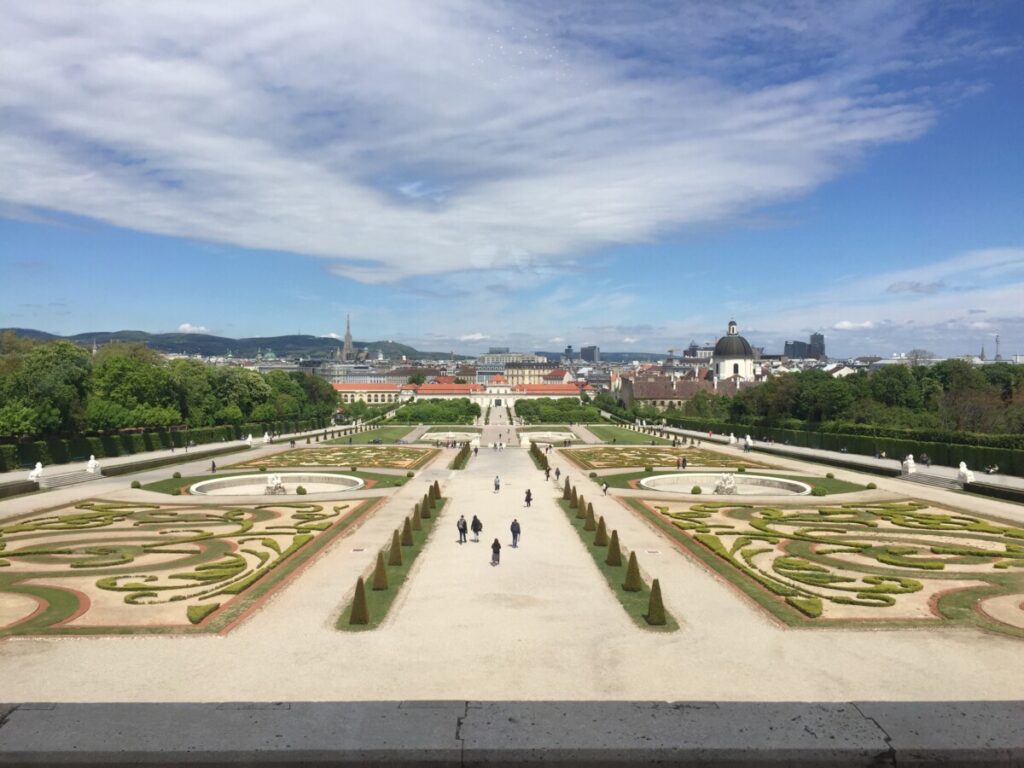
History
The University of Vienna was established as early as 1365. The city’s inner core dates back to the Middle Ages and was once surrounded by fortifications. However, in the 19th century, Vienna opened up, and a new district emerged, now home to many of the city’s most magnificent buildings.
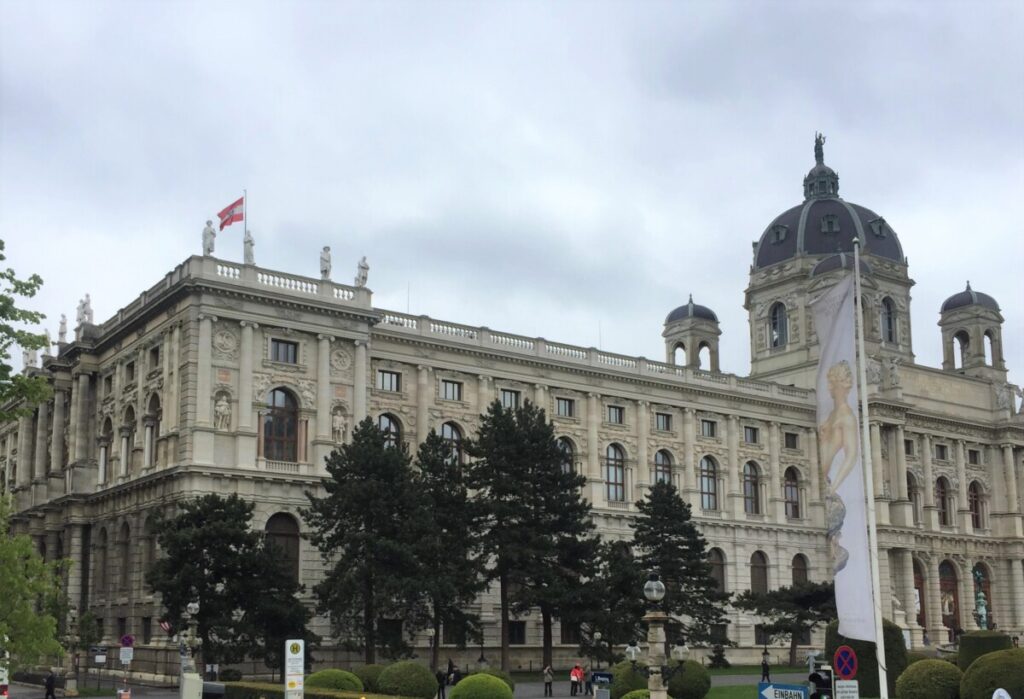
The entire inner city is a UNESCO World Heritage site. So, my impression of never having seen so many beautiful palaces in such a small area aligns with reality. Around Maria-Theresien-Platz, you’ll find numerous stunning buildings housing various museums.
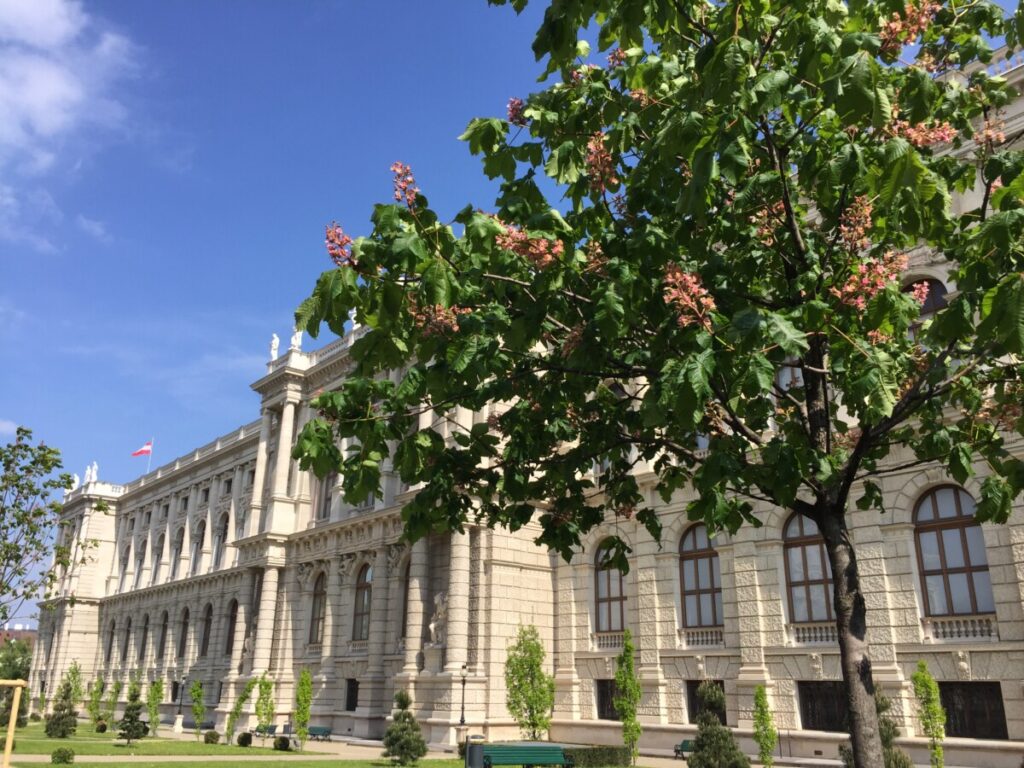
Vienna’s heyday was during the reign of the Habsburgs in the former Austro-Hungarian Empire. The city is larger and more powerful than present-day Austria might suggest. Strategically located on the Danube, like many other European capitals, Vienna now has a population of 1.8 million.
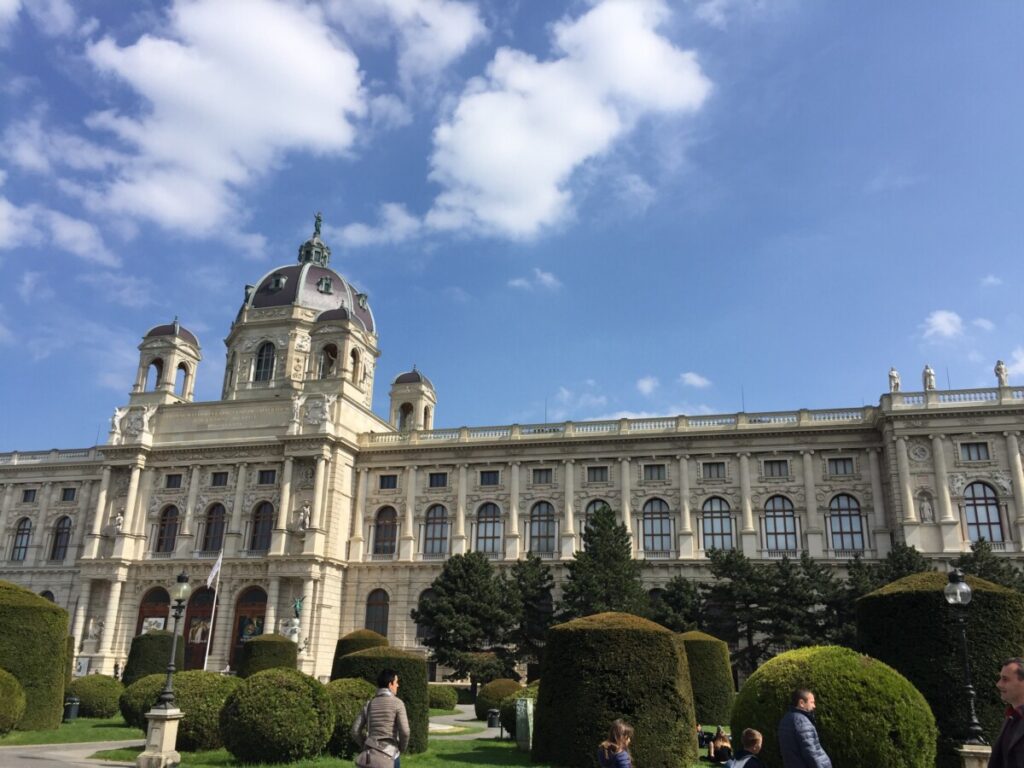
Bus
We kicked off our Vienna visit with a sightseeing bus tour. It’s always a good idea to start with an overview, and these hop-on-hop-off buses provide a great perspective on both the city as a whole and the attractions you might want to explore further. The rain made it an easy choice to opt for a warm and dry sightseeing experience.
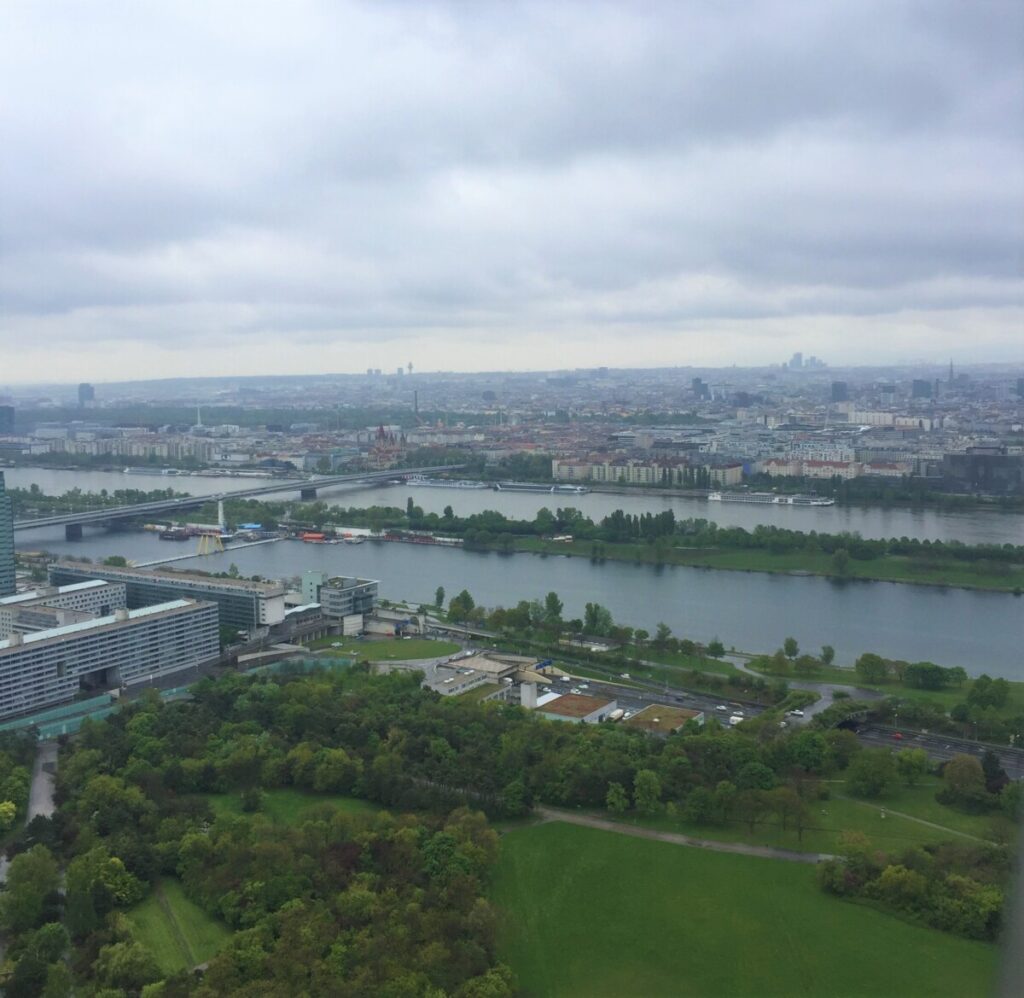
We got off at the TV Tower, where a revolving restaurant at the top offered panoramic views. Naturally, we treated ourselves to a Wiener schnitzel. When in Vienna, right?
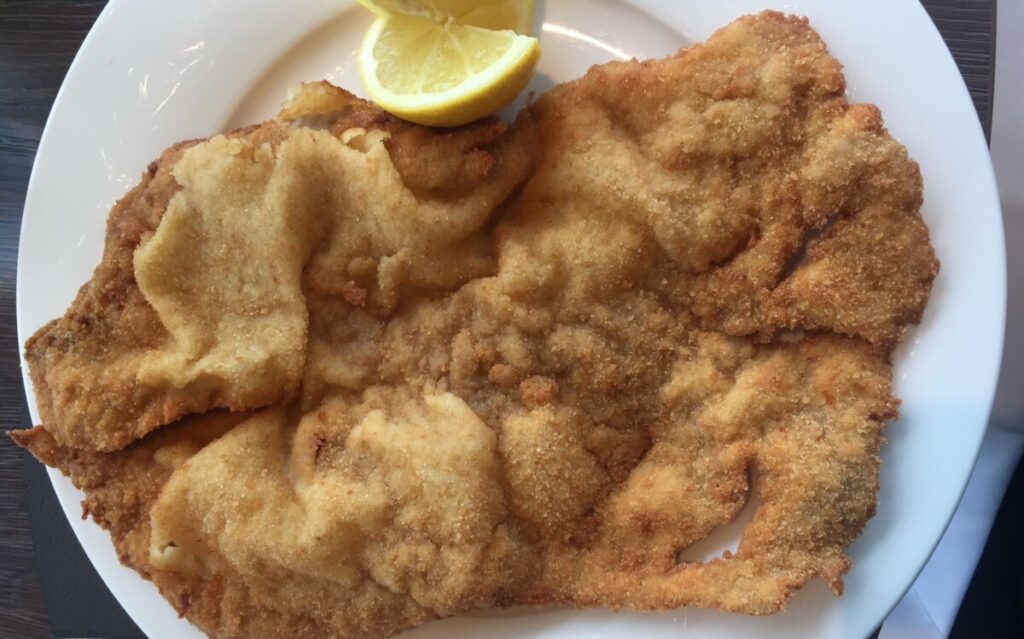
Schönbrunn
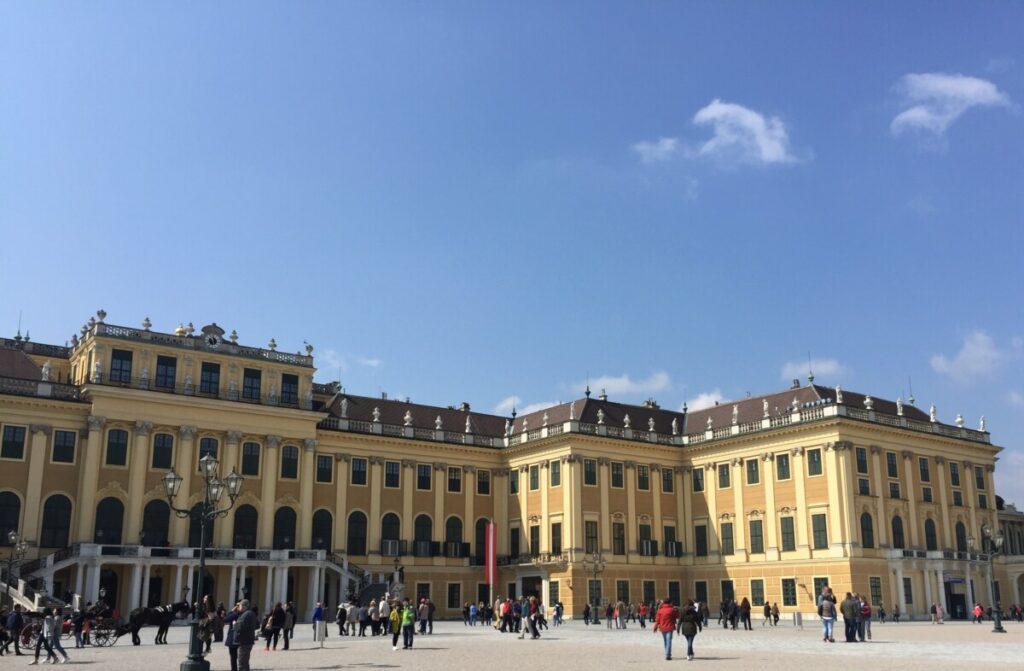
Next on our list was Schönbrunn Palace, a bit outside the city center. It has been one of Vienna’s top tourist attractions for over 150 years.
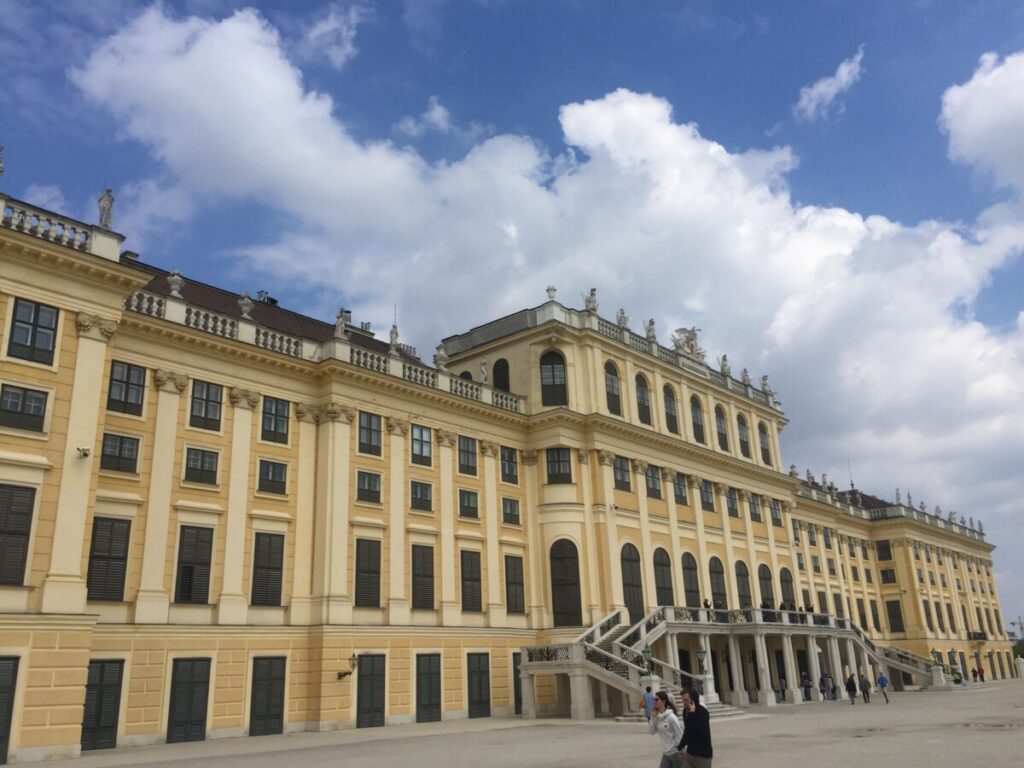
Given its popularity, it’s wise to buy tickets online in advance to avoid the endless queues. You’ll need to choose a specific date and time slot within a 15-minute window, but trust me, it’s worth it to skip the lines.
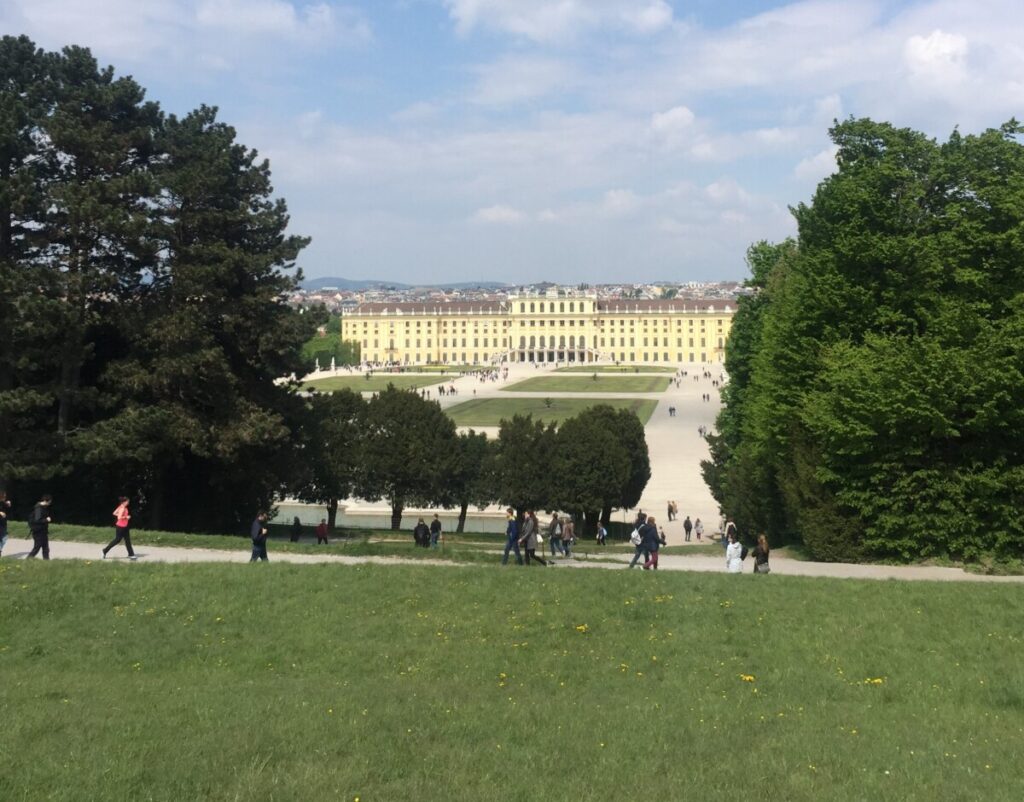
After exploring the palace interior, there’s plenty to see in the gardens and surrounding grounds. The beautiful fountain, which inspired the palace’s name, is a must-see.
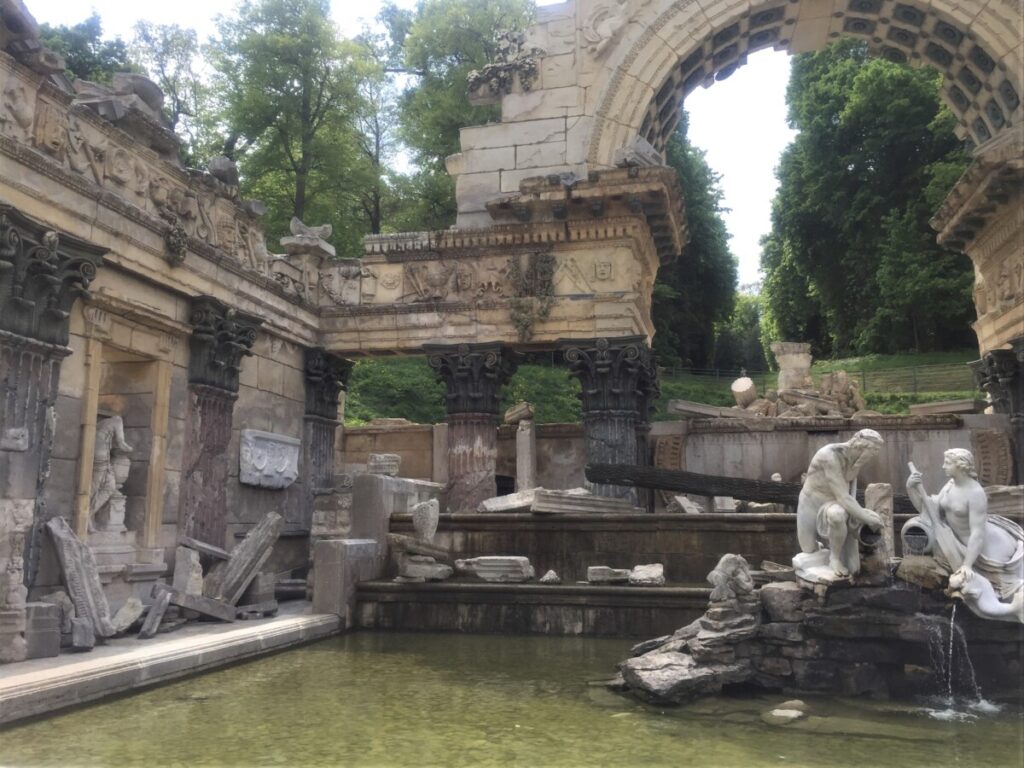
I also enjoyed our visit to the greenhouse or orangery.
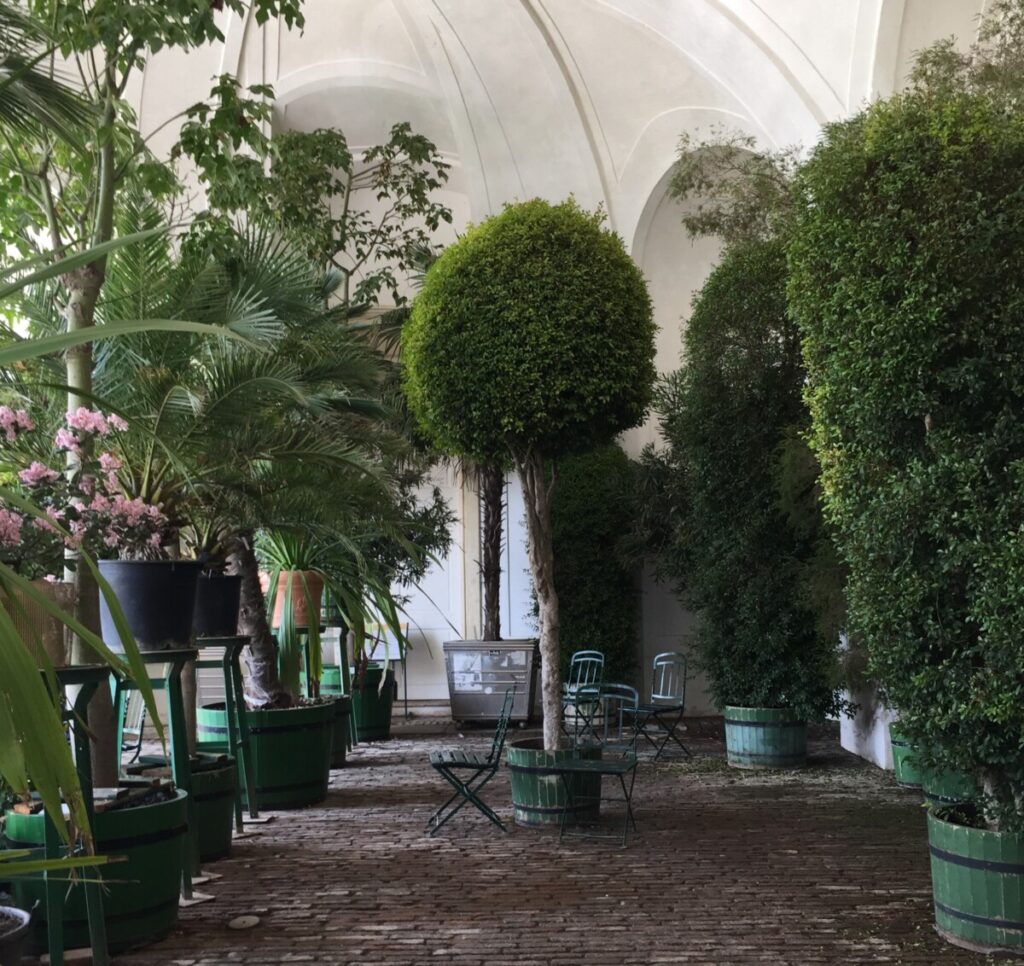
Vienna boasts many enormous parks, often former imperial palaces now converted into various museums.
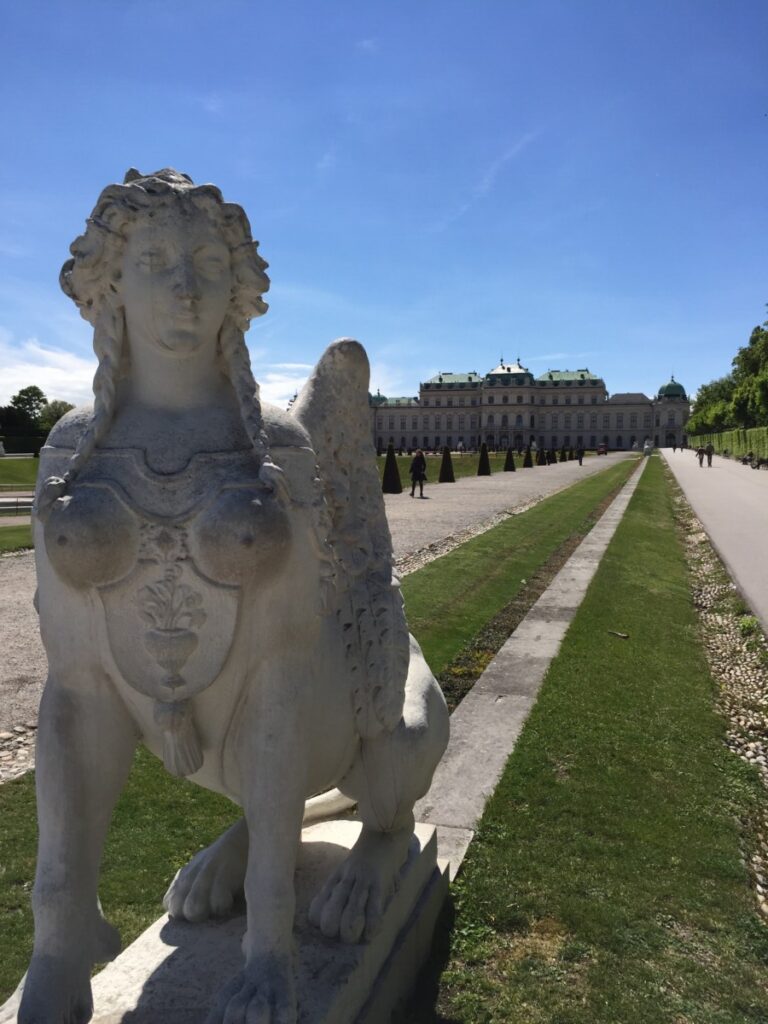
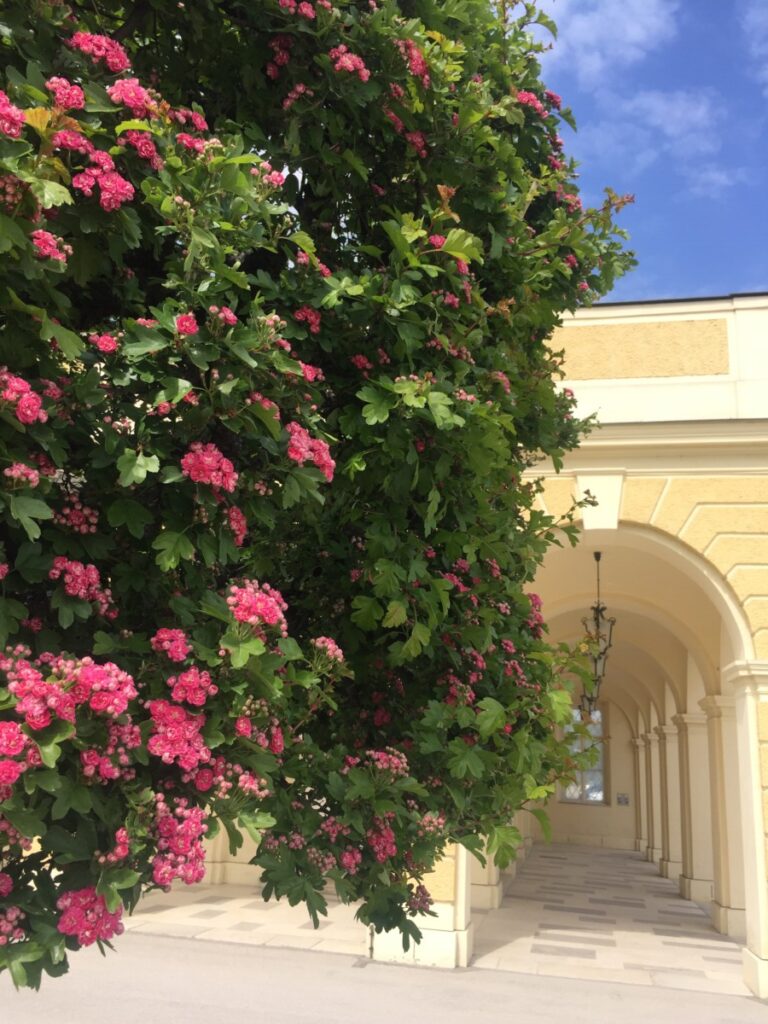
The gardens remain ornamental and formal, with hedges and flower beds rather than vast lawns.
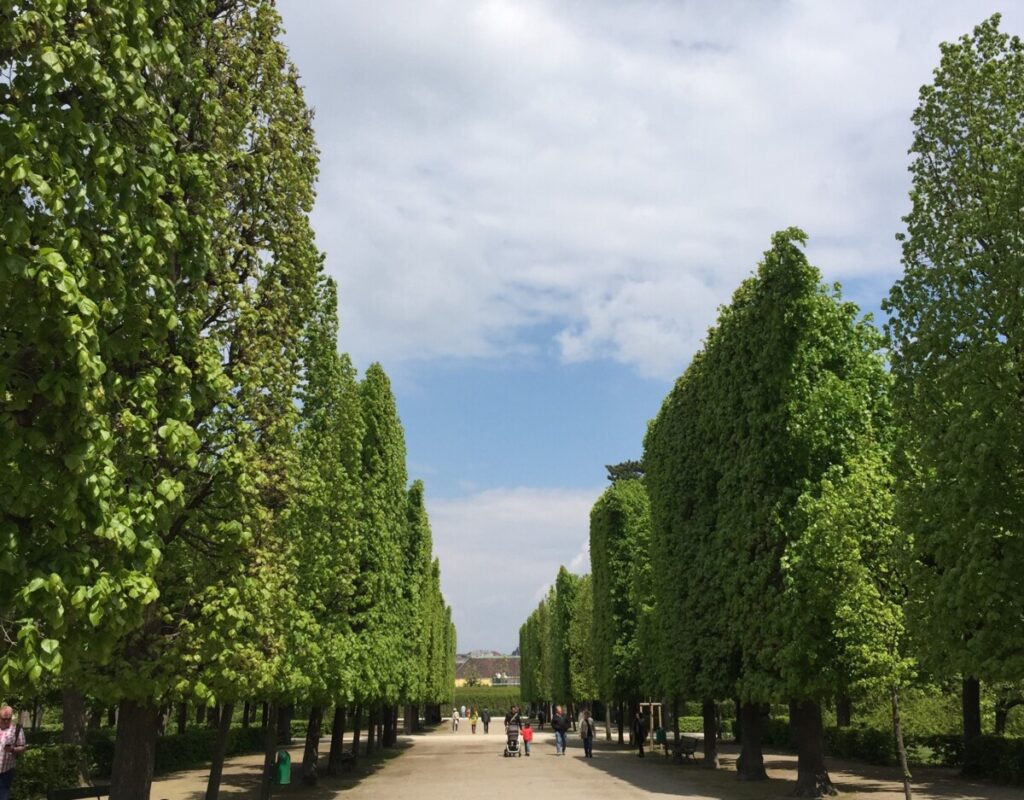
Museums and palaces
Belvedere Palace is an art museum and home to one of the most famous paintings, Gustav Klimt’s “The Kiss.” It attracts around 1.5 million visitors annually. After exploring the interior, the park outside offers lovely views of the city center from its elevated position.
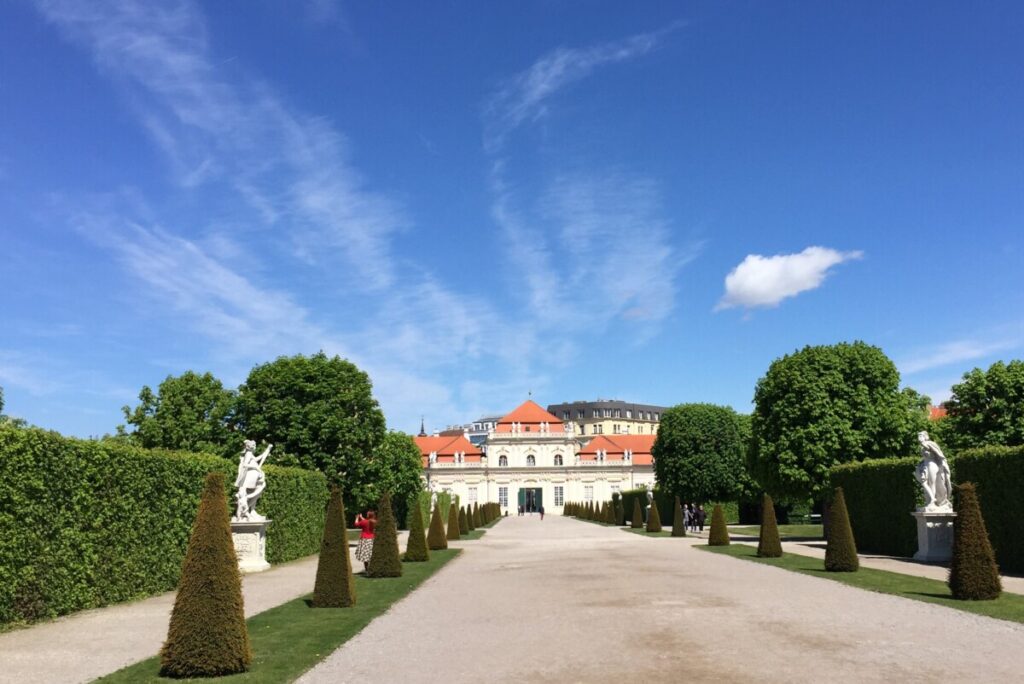
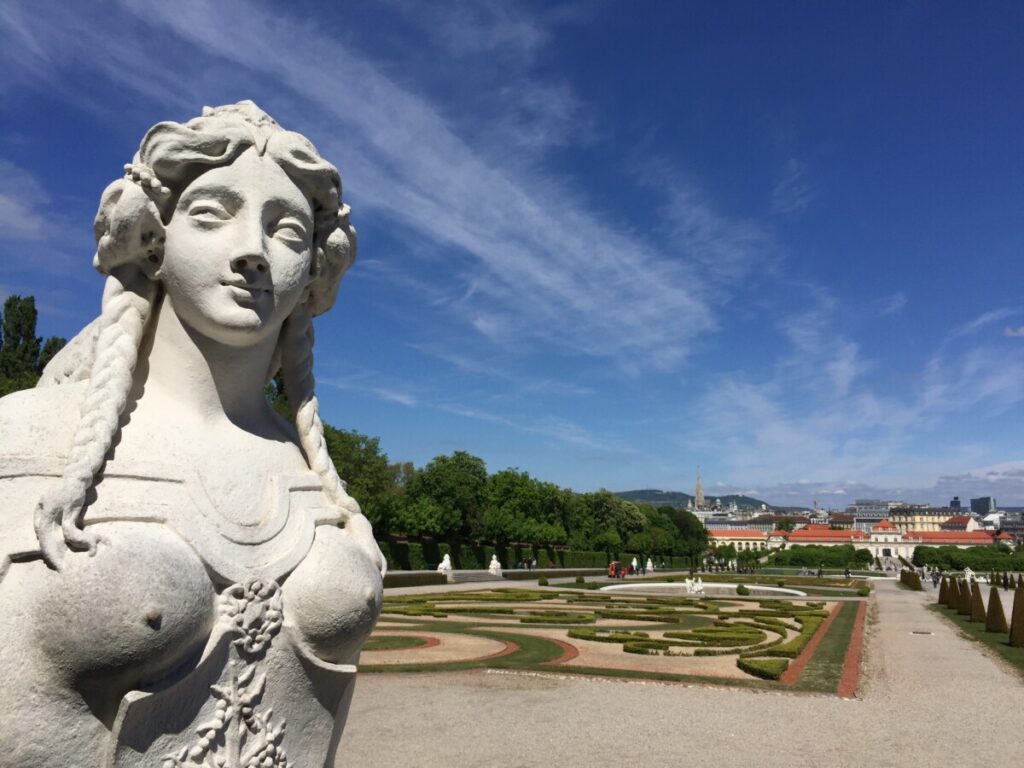
With a horse enthusiast in our group, we had to catch a performance at the Spanish Riding School. Even for someone not particularly interested in horses, it was fascinating to see what these animals can do.
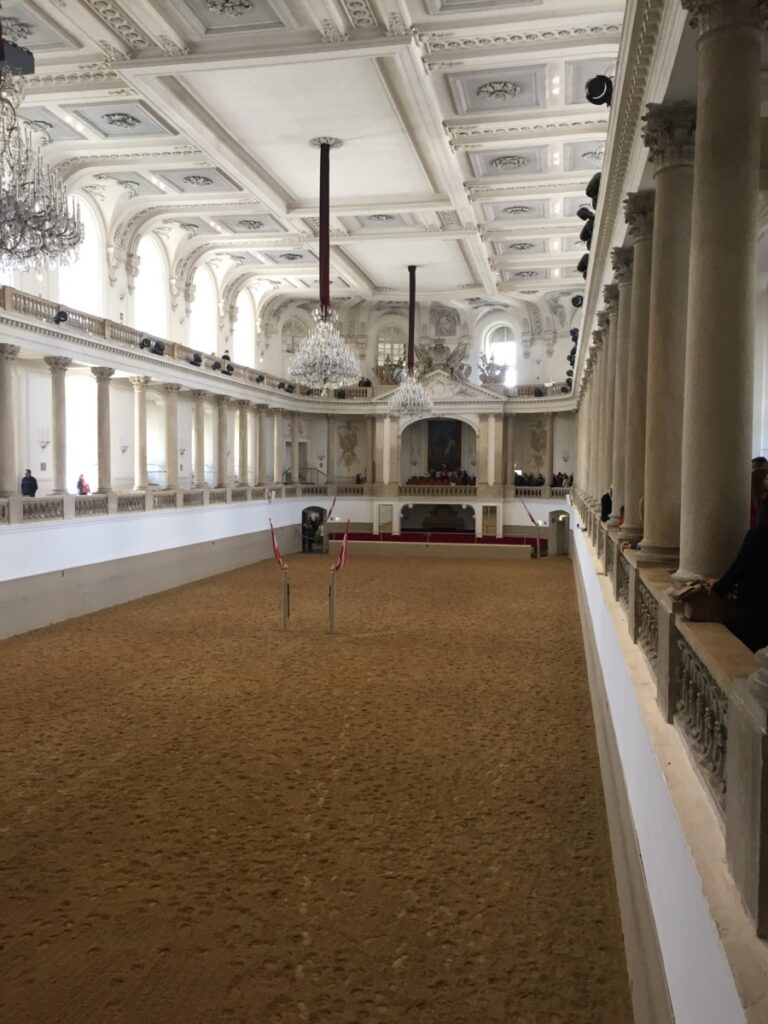
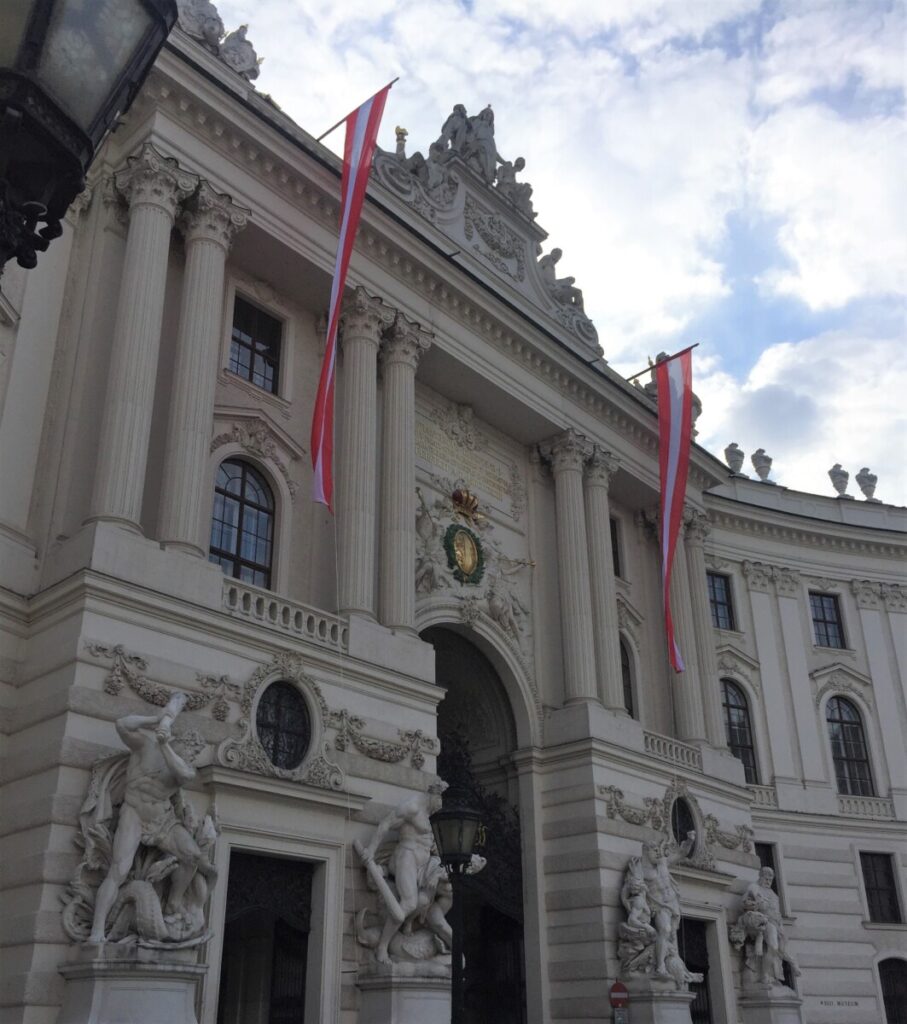
The riding hall itself is a work of art, with grandstands, crystal chandeliers, and elegant decor. It was once a royal palace.
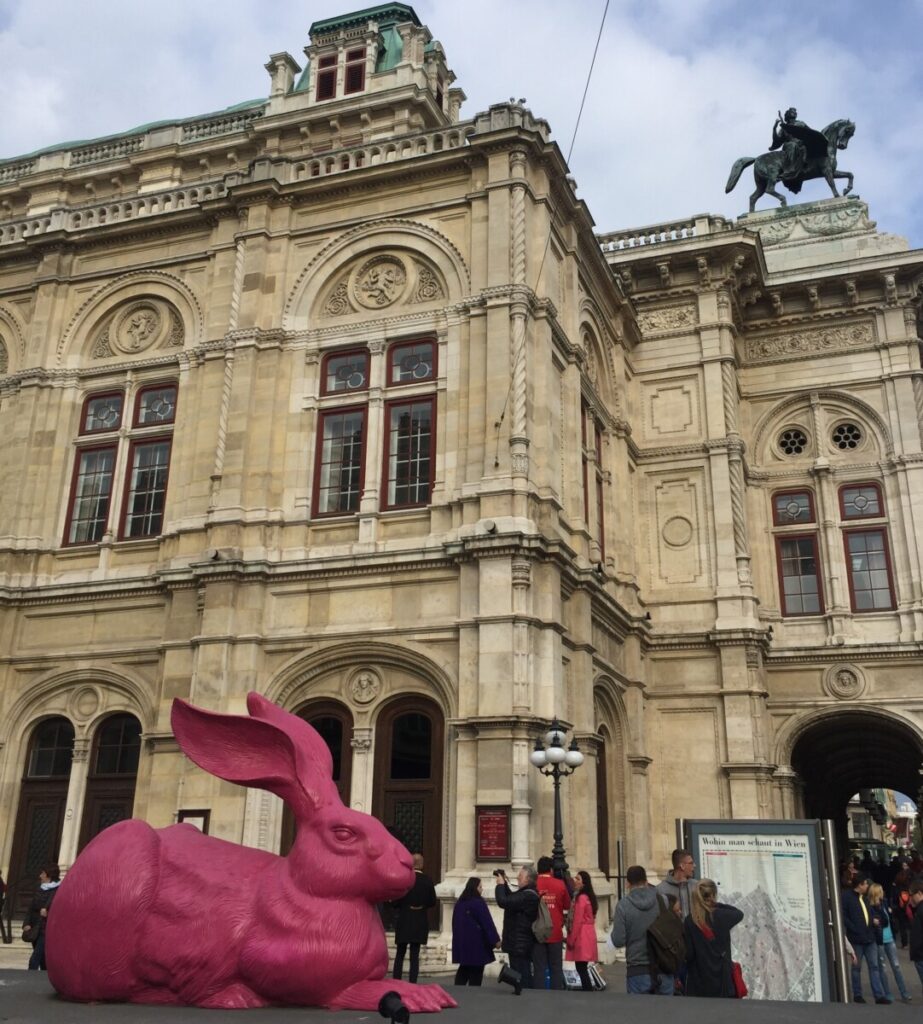
We also visited the opera house, strolled past St. Stephen’s Cathedral, the City Hall, and many other beautiful buildings. They seem to be on every corner. If it’s not a centuries-old imperial palace, it’s modern art, like this huge pink bunny.
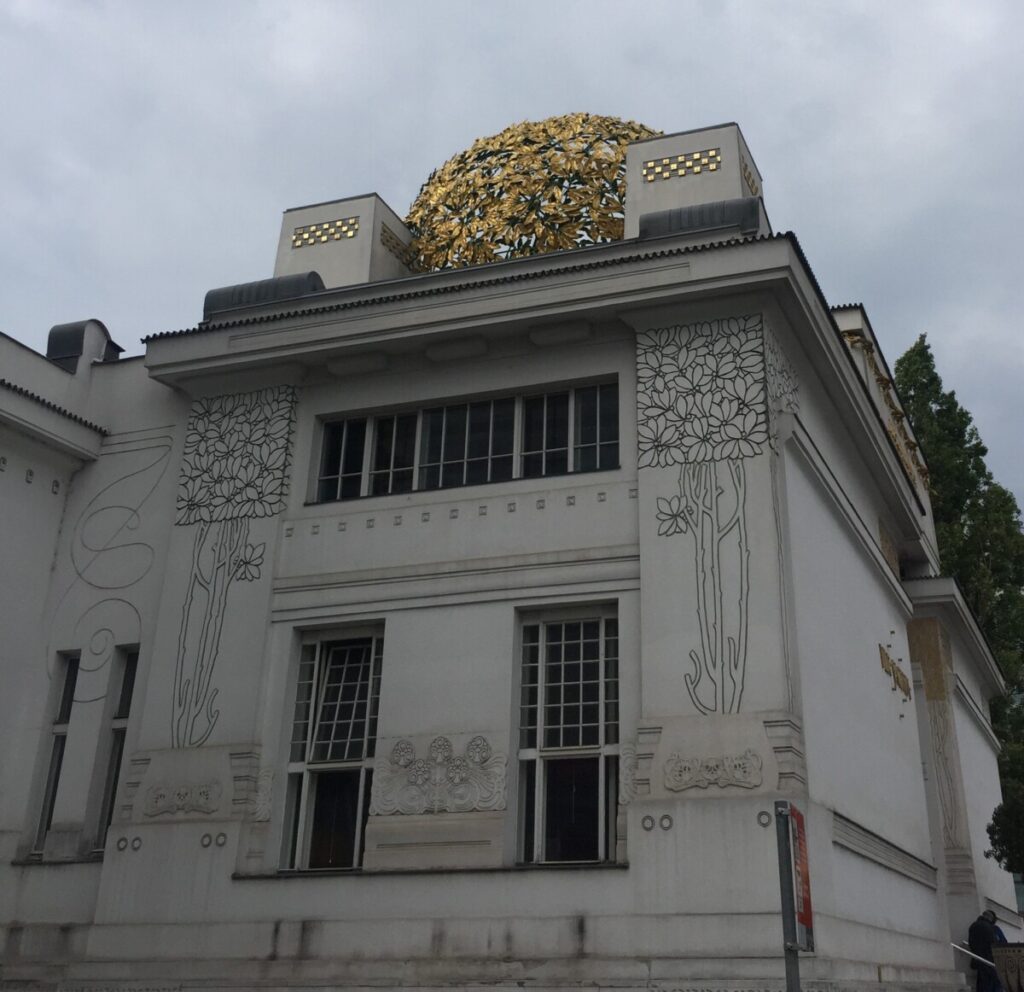
Hundertwasser
Speaking of modern art, the famous artist Hundertwasser hailed from Austria. Inspired by Klee, Klimt, and children’s drawings, his work is rooted in surrealism.
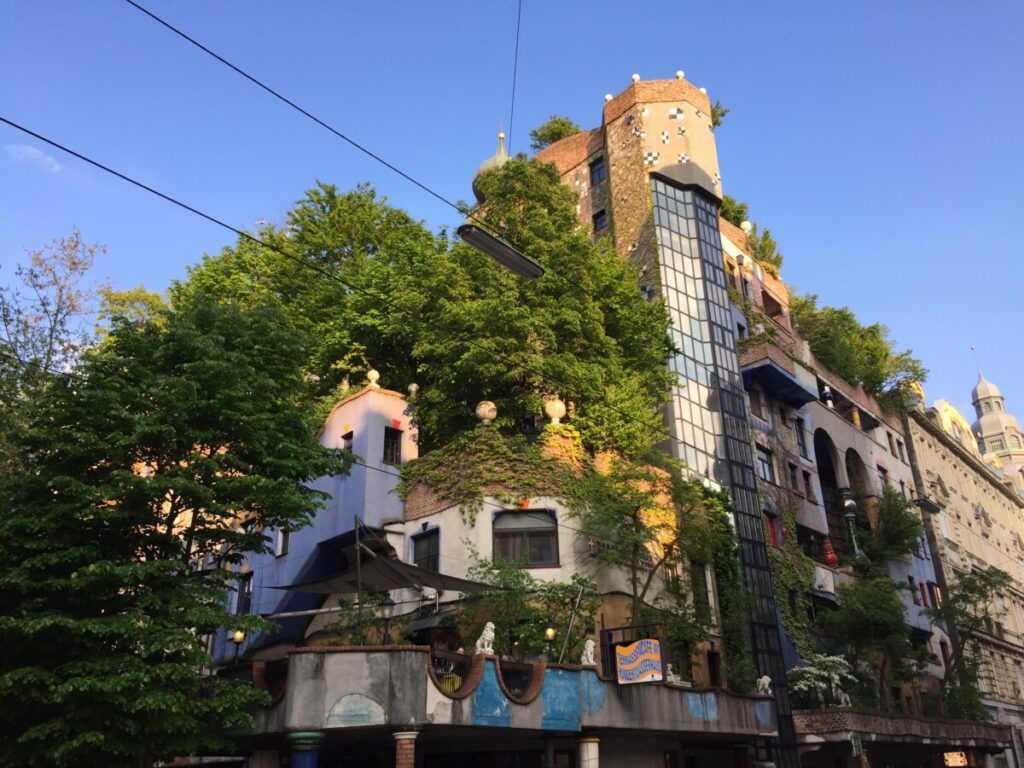
He is perhaps best known for an entire city block in central Vienna. This eclectic mix of unusual buildings features colorful facades, shops, and cafes. The complex consists of two parts: Hundertwasser House and Kunsthaus Wien.
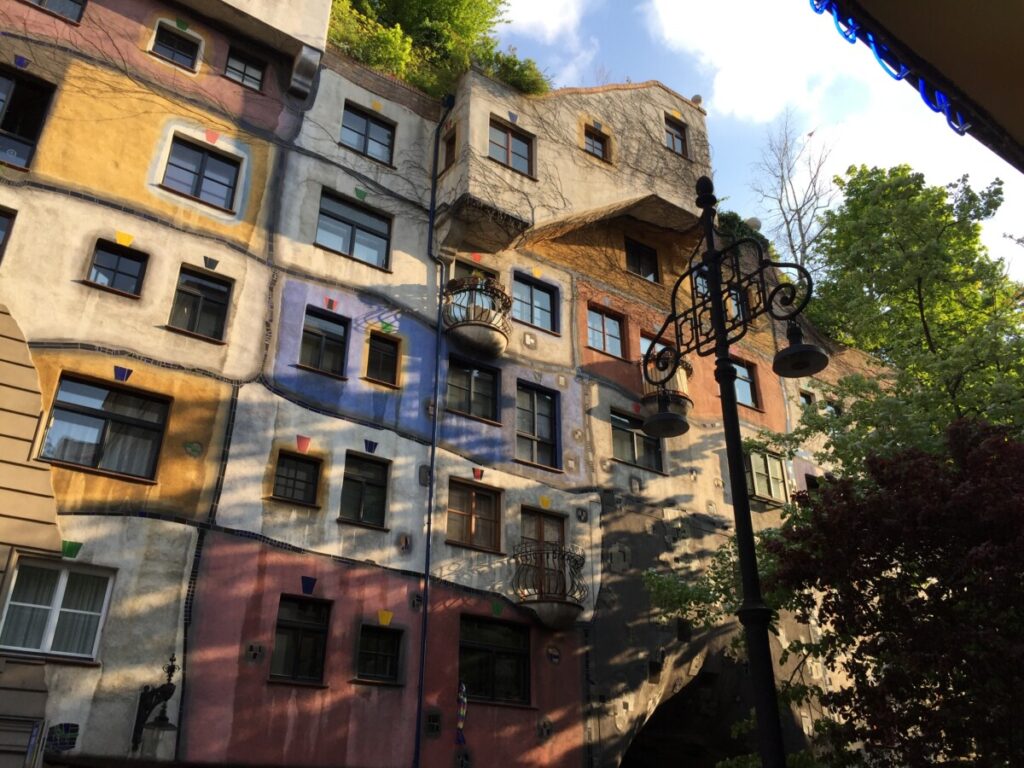
Vienna also boasts a long, car-free shopping street, Kärntner Strasse, starting right at the famous St. Stephen’s Cathedral. It’s a great place for shopping, though not necessarily cheap.
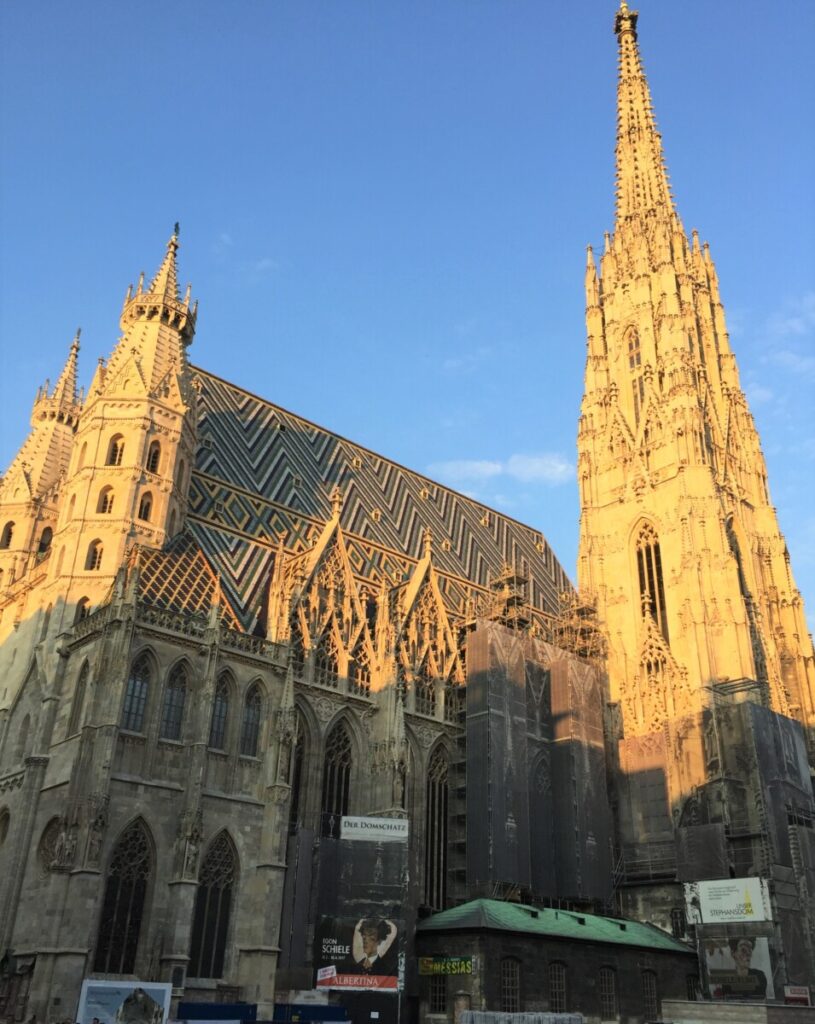
A network of pedestrian streets connects this area. Starting from St. Stephen’s Cathedral and walking down Kärntner Strasse, you’ll end up at the Opera House. We enjoyed a short guided tour there. If you’re lucky, you might even snag some last-minute tickets for the evening’s performance at a bargain price.
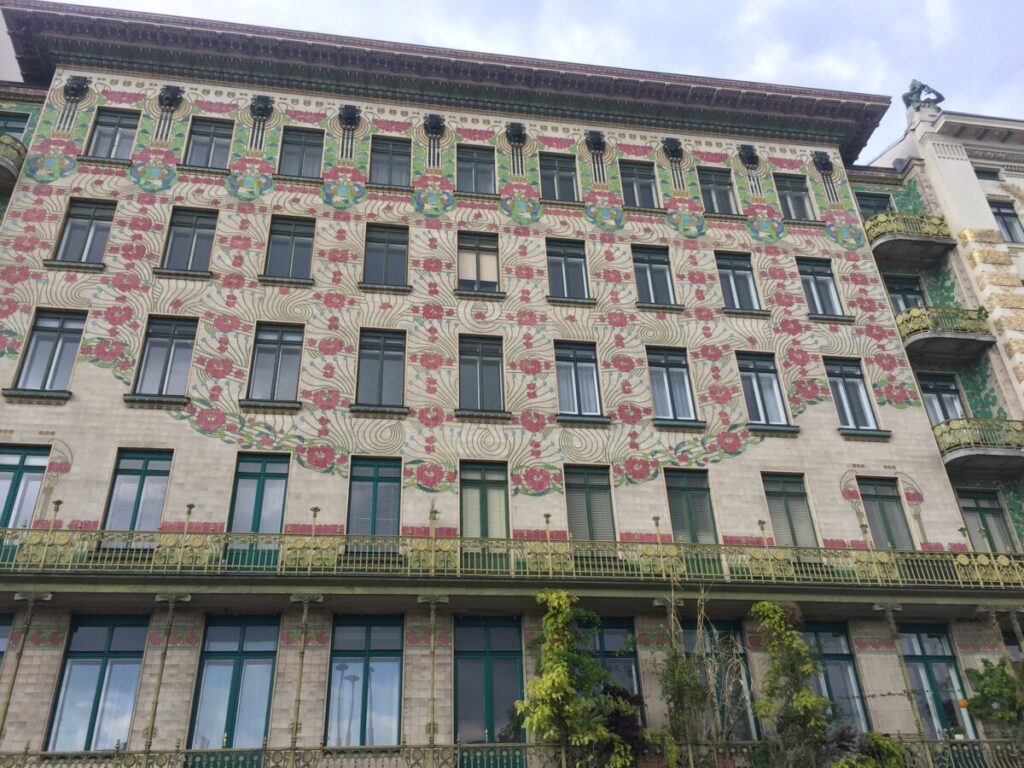
Sacher
Right next to the opera, you’ll find the famous Hotel Sacher, renowned for its Sachertorte chocolate cake.
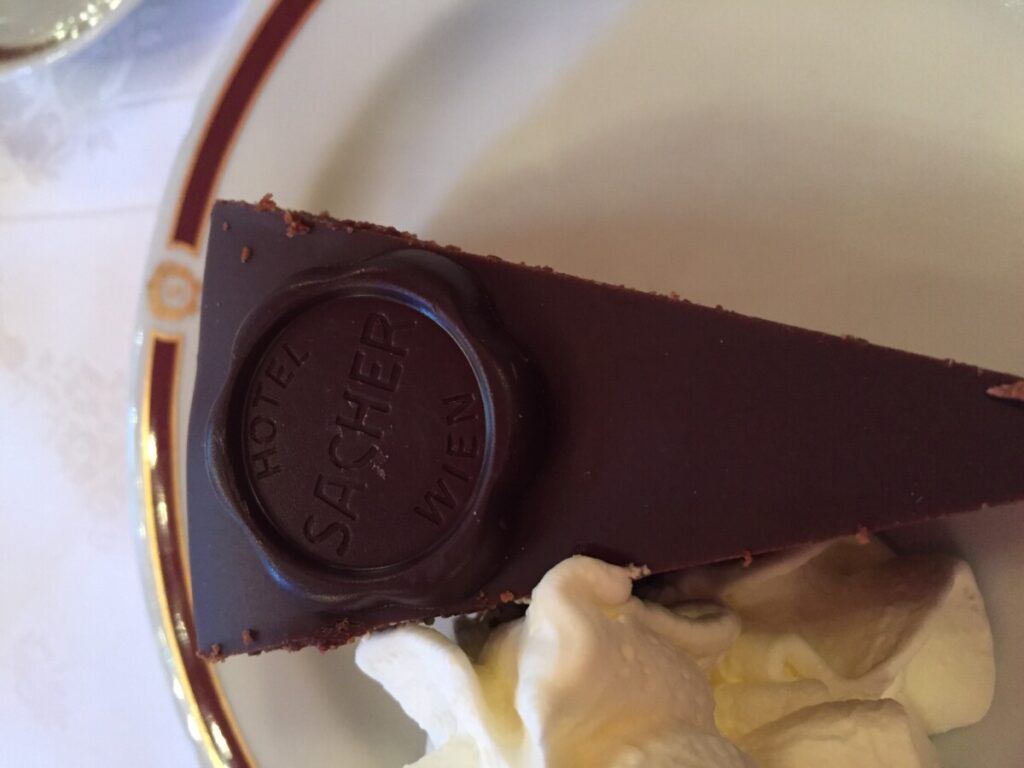
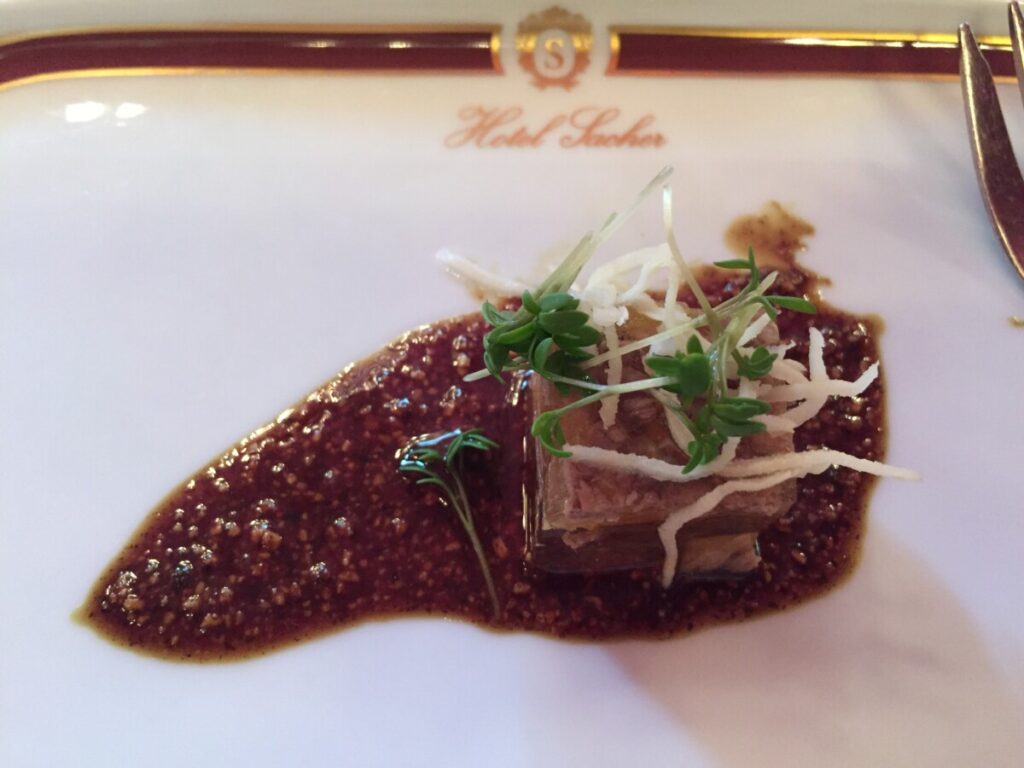
There’s always a long queue outside the bakery, but we did something clever: we booked a table at Restaurant Rote Bar for lunch. This allowed us to enter the elegant hotel and, of course, enjoy the cake for dessert. It’s a fantastic restaurant mentioned in the Michelin Guide.
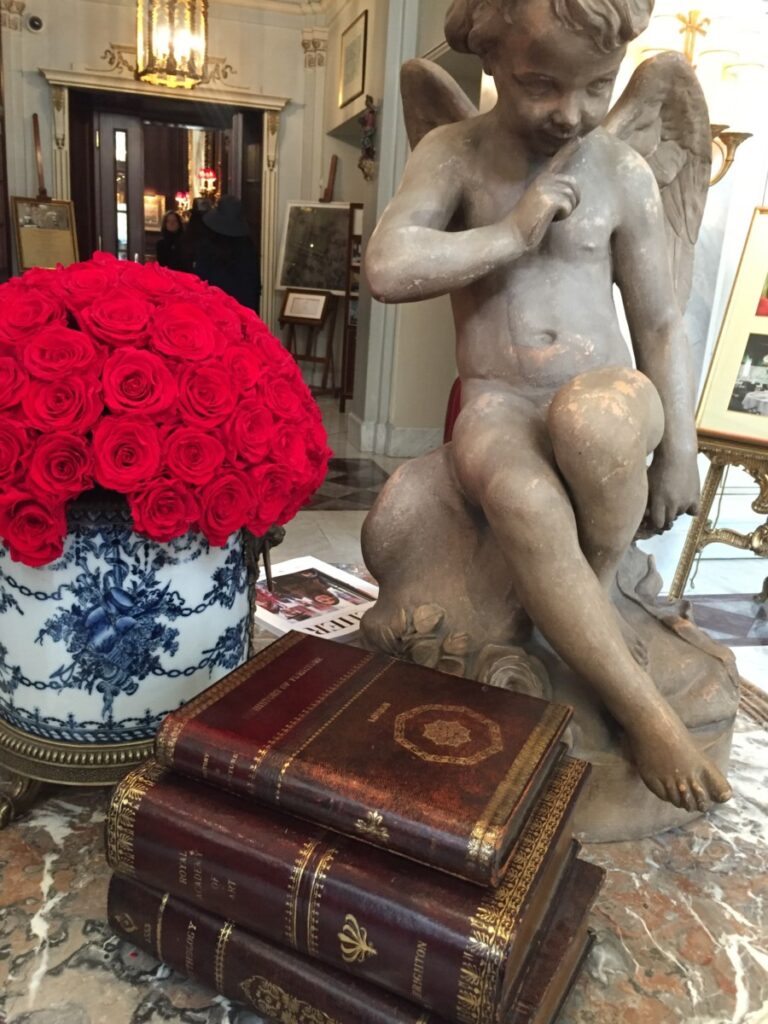
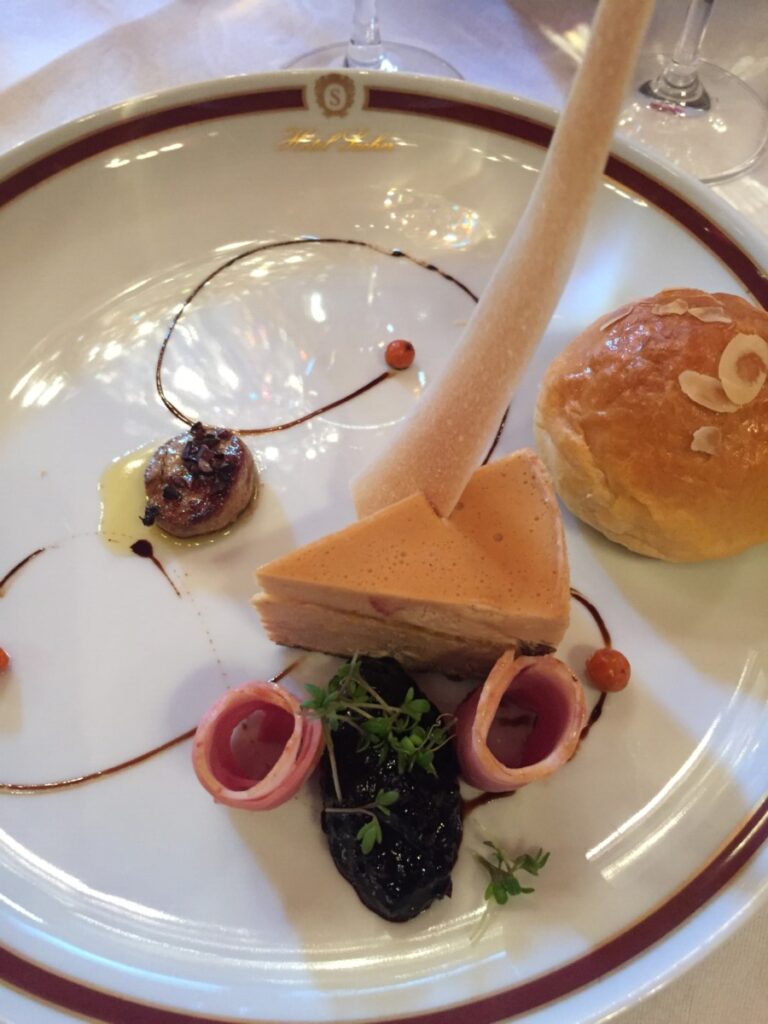
We stayed at Hilight Suites, a 4-star hotel near Stadtpark. It was a short walk to the subway, but we also walked into the city center. Having the option to take the train home after a long day of exploring was wonderful.
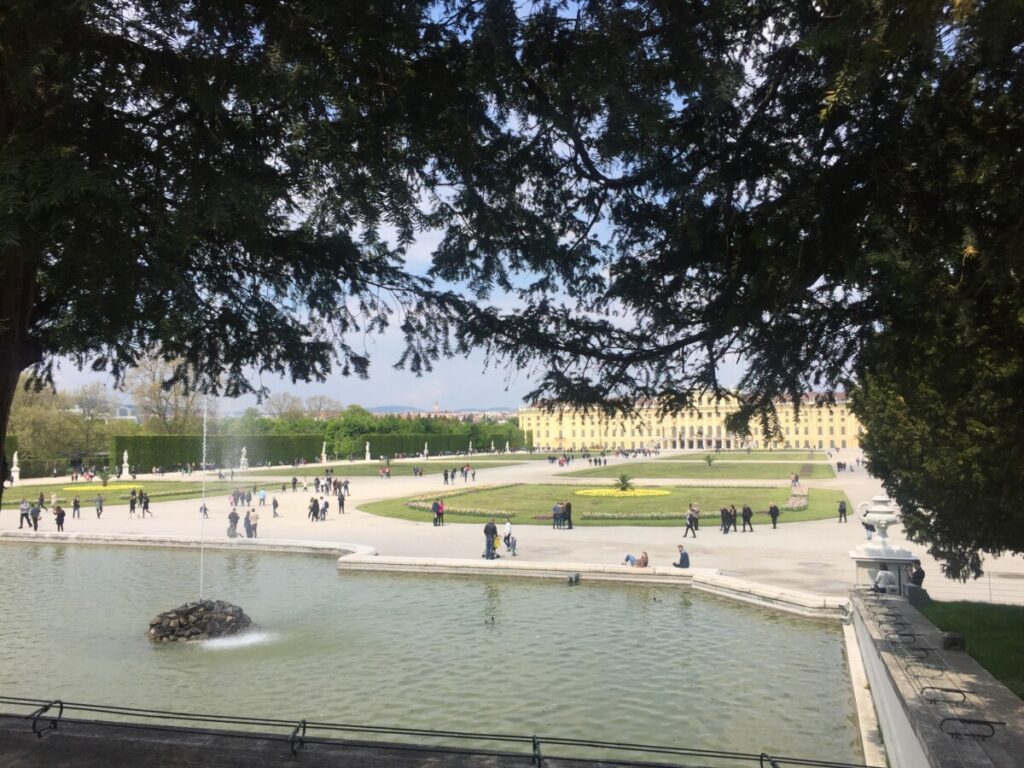
We considered a boat trip on the Danube to Bratislava but unfortunately, it was May 1st, and everything was sold out. All the Viennese were off on day trips to the neighboring country.
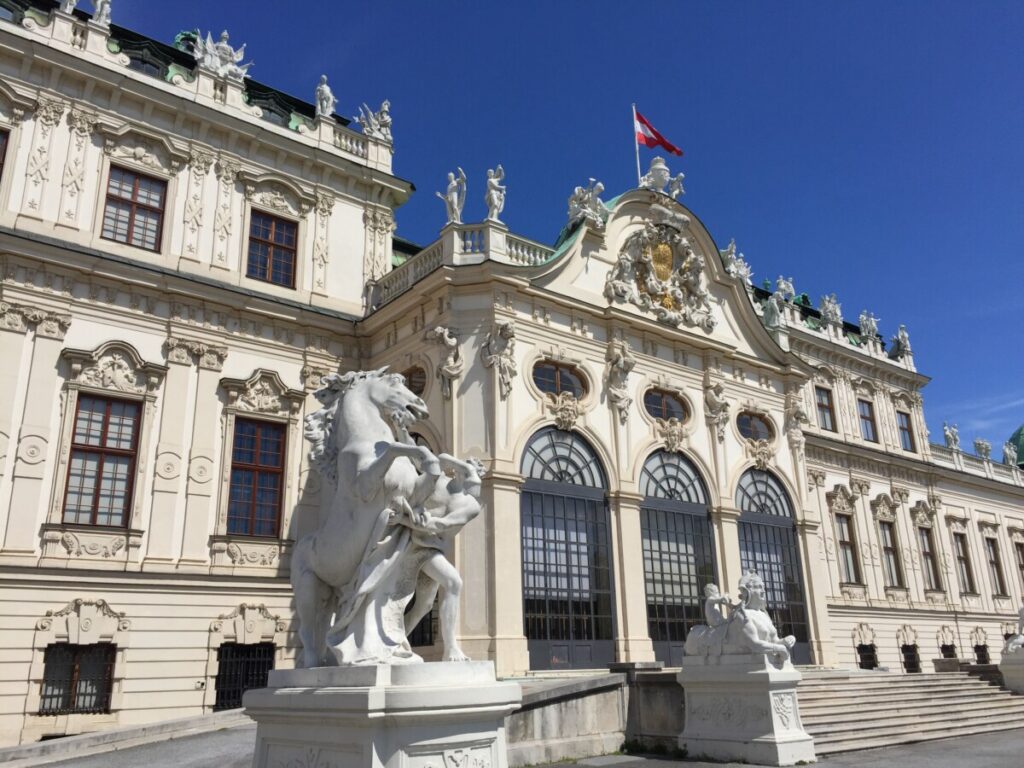
Klosterneuburg
Instead, we took a day trip to Klosterneuburg Monastery, about a half-hour drive north of central Vienna. The architecture is stunning, and the museum houses religious artifacts like monks’ robes.
Not like the monastery in Fontfroide outside Narbonne, which is a bit more austere.
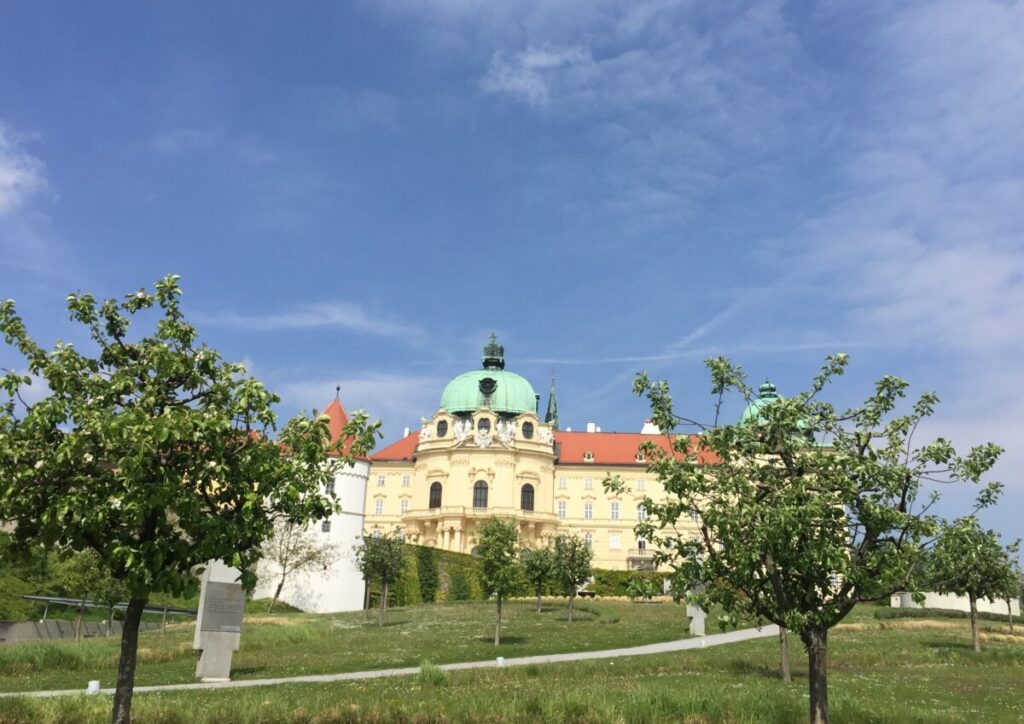
According to their website, guided tours of the wine cellar are available, which we would have loved if we had done better research!
We wandered into the village center, where a lively festival with a maypole, folk music, beer, and sausages was in full swing!
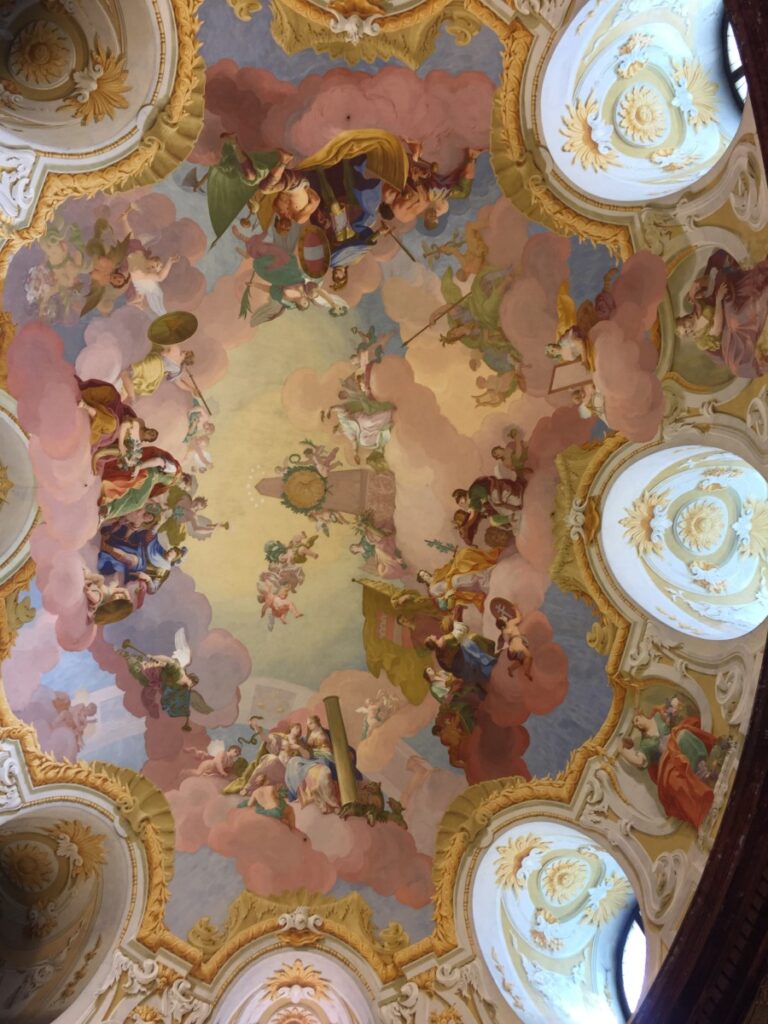
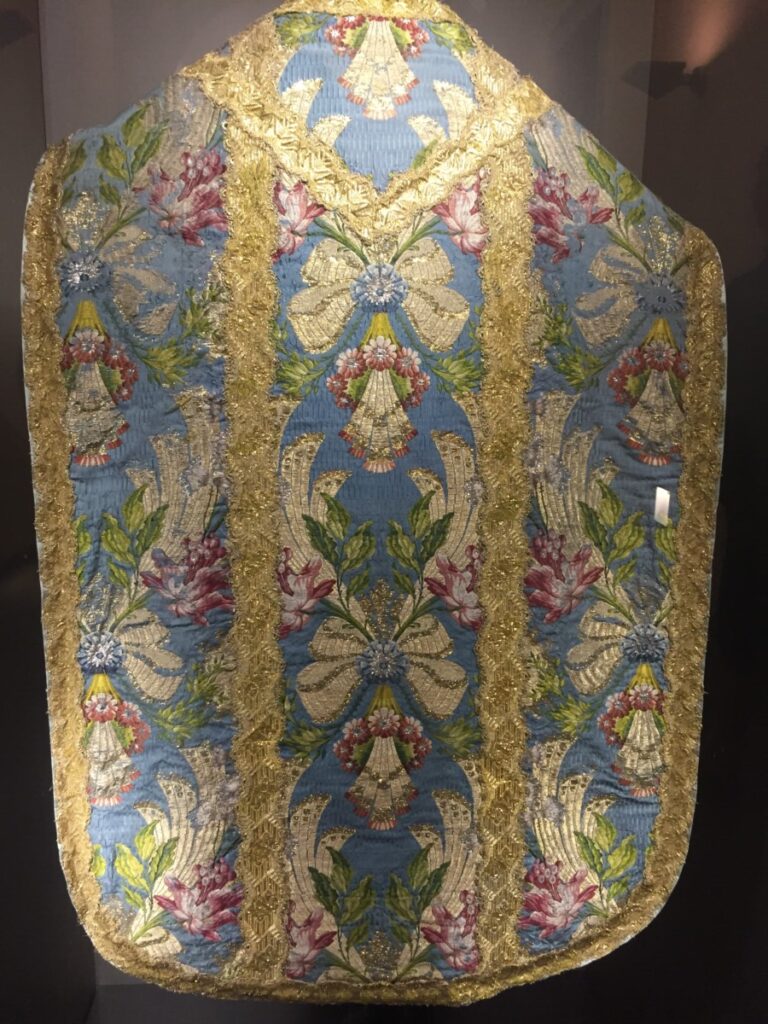
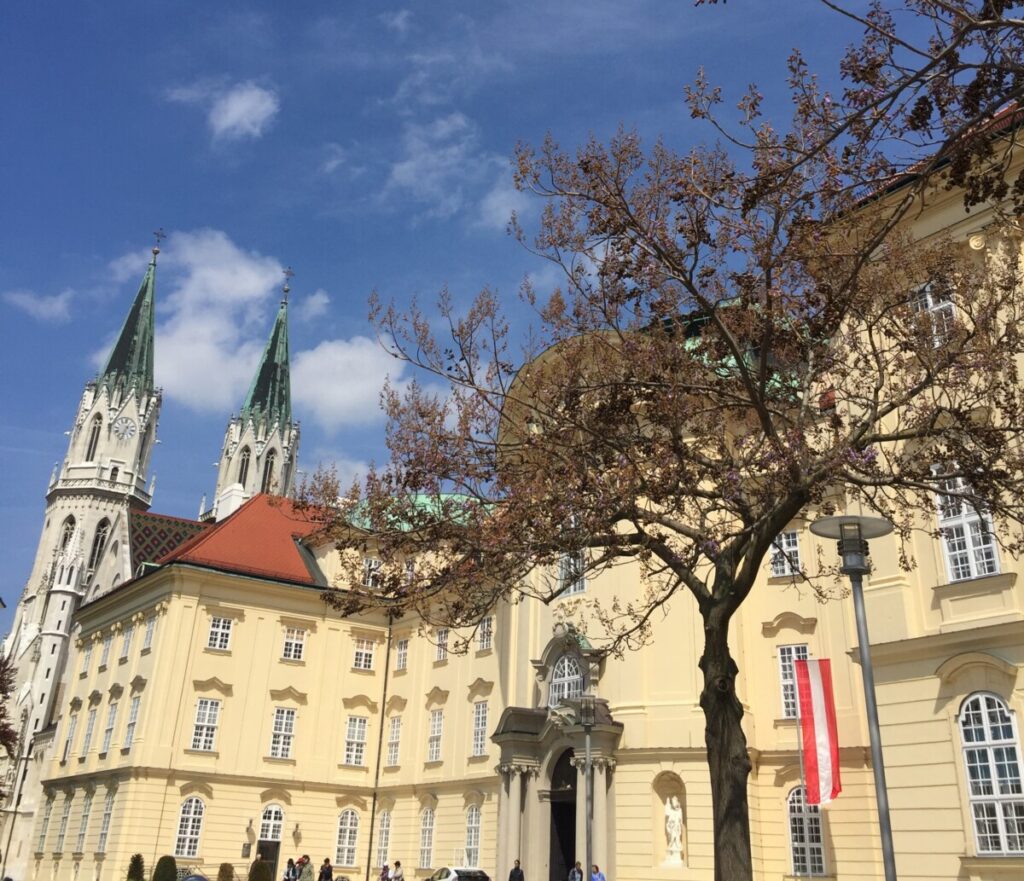
Vienna might be a bit forgotten along the other capital cities of Europe, but it is packed with palaces on almost every corner and plenty of sights to keep you busy for a long weekend.
We have also been skiing in Austria, in Ischgl. Quite the experience.

Rondane - My mountain paradise
